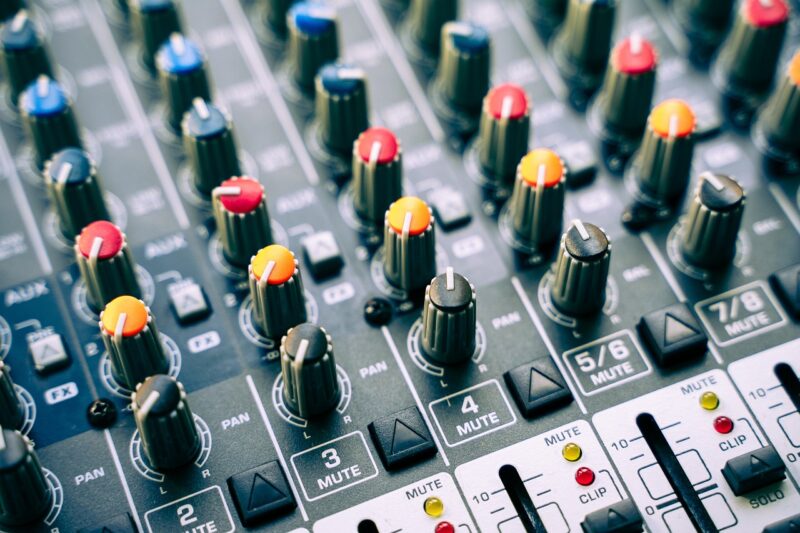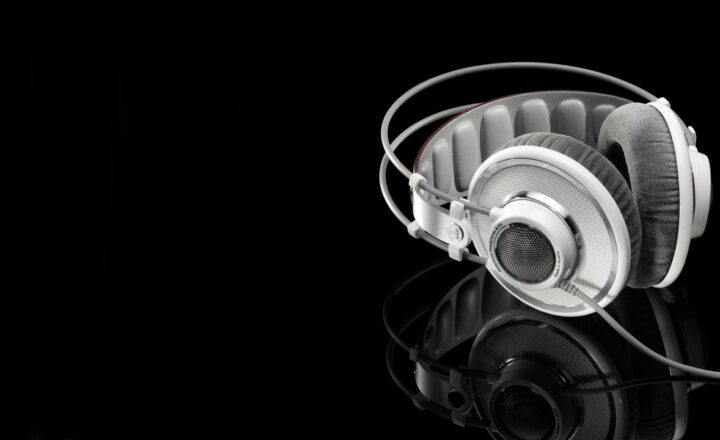How to Get the Most Out of Your Sound System for an Audiophile-Level Experience
November 13, 2024

In today’s world, where streaming technology and high-definition recordings are at our fingertips, the quest for the ultimate audio experience is more popular than ever. Audiophiles are passionate about sound quality, obsessing over every detail of their audio systems to achieve the most accurate reproduction of music. Whether you’re a seasoned audiophile or a casual listener, there are important steps you can take to optimize your sound system for an audiophile-level experience.
1. Understanding the Basics of Sound Quality
Before diving into upgrades or tweaks, it’s essential to understand the fundamental aspects of sound quality. Audiophiles often focus on three key components:
- Frequency Response: This refers to how well your sound system reproduces various frequencies. A balanced frequency response produces clear bass, midrange, and treble sounds without distortions or dips.
- Dynamic Range: This is the difference between the softest and loudest sounds in your audio. A wider dynamic range allows for more detail in music, giving it depth and richness.
- Soundstage: Soundstage refers to the perceived spatial location and width of the sound. A good soundstage creates a sense of depth, allowing you to identify individual instruments and vocals more distinctly.
Understanding these aspects will help you make informed decisions about your audio gear and how to set it up appropriately.
2. Choosing the Right Components
Your audio system consists of several integral components, each playing a vital role in the overall sound quality. Here are the critical elements:
- Speakers: Investing in high-quality speakers is crucial. Look for speakers that have a good frequency response, comfortable size for your room, and suitable power handling capabilities. Research brands known for their quality, such as Bowers & Wilkins, Klipsch, or KEF.
- Amplifier: The amplifier is responsible for boosting the audio signal to deliver sound through your speakers. Make sure your amplifier matches your speakers’ impedance and power requirements to achieve optimal performance.
- Digital-to-Analog Converter (DAC): The DAC converts digital audio data into an analog signal. A high-quality external DAC can significantly improve sound depth and clarity compared to the internal DACs found in most devices.
- Source Devices: Consider the source devices from which you play your music. High-resolution streaming services like Tidal, Qobuz, or even vinyl records can provide a richer listening experience compared to standard MP3 files or low-quality streaming options.
Remember, the synergy between these components is essential; using each piece of equipment optimally can greatly enhance your listening experience.
3. Room Acoustics Matter
Your listening environment plays a significant role in sound quality. Here’s how to optimize your room acoustics:
- Room Size: The size and shape of your room affect how sound waves interact. Larger rooms can accommodate larger speakers and provide a better soundstage. Consider your space when selecting equipment.
- Speaker Placement: Proper speaker placement enhances soundstage and imaging. Aim for an equilateral triangle setup with your speakers and listening position. Experiment with toeing-in your speakers for better sound clarity and focus.
- Acoustic Treatment: Adding acoustic panels, bass traps, or diffusers can significantly enhance sound quality by minimizing echoes and sound reflections. Focus on points of first reflection, typically where sound bounces off walls toward the listening position.
- Soft Furnishings: Incorporating rugs, curtains, and furniture can absorb sound waves, reducing harsh reflections and improving overall clarity.
Improving your room’s acoustics will lead to a more immersive and enjoyable listening experience.
4. Cables and Connectors: The Unsung Heroes
While often overlooked, cables and connectors can affect sound quality. Consider the following:
- Quality Matters: Invest in high-quality, well-shielded cables. Cheap cables can introduce noise interference, affecting sound quality. Look for oxygen-free copper cables, which offer optimal conductivity.
- Cable Length: Use appropriately sized cables. Longer cables can suffer from signal loss, affecting overall clarity. Try to keep your cable lengths as short as possible while still being practical.
- Proper Connections: Ensure connectors are clean and securely attached for optimal signal transfer. Loose or dirty connections can lead to a significant drop in sound quality.
Quality cables will enhance the performance of your sound system, ensuring cleaner and more dynamic audio reproduction.
5. Fine-tuning Your Sound Settings
Once you have optimized your equipment and room setup, you can take the following steps to fine-tune your sound settings:
- EQ Adjustments: Use equalizers to adjust the balance of frequencies according to your taste and room acoustics. However, avoid aggressive EQ settings as they can introduce distortion.
- Volume Leveling: Maintaining a consistent volume level is crucial for accurate sound reproduction. Avoid excessive loudness that can cause distortion or damage to your speakers.
- Listening Position: Your listening position can severely impact your audio experience. Make sure that your ears are at the appropriate height and distance from the speakers to get the best soundstage.
- Time Alignment: Depending on your speaker placement, you may need to experiment with phase adjustment settings to ensure all speakers work together seamlessly for optimal sound.
Taking the time to fine-tune your audio setup will yield remarkable improvements in sound quality, creating a truly immersive audiophile experience.
6. Choosing High-Quality Audio Sources
Finally, the source of your audio plays a crucial role in achieving great sound. Consider these options:
- High-Resolution Streams: Opt for high-resolution streaming services that offer lossless audio, such as Tidal, Qobuz, or Amazon Music HD. These services provide better sound quality than standard streaming services like Spotify or YouTube Music.
- Vinyl Records: While vinyl has become a collector’s item, it still offers a rich listening experience due to its analog nature. Invest in a quality turntable and a well-maintained vinyl collection for a distinctive sound.
- HD Downloads: Purchase and download high-resolution files from trusted sources such as HDTracks or Bandcamp for superior audio quality compared to standard MP3 formats.
The quality of your audio sources directly impacts the listening experience, so choose wisely.
Conclusion
Achieving an audiophile-level listening experience is a multifaceted endeavor involving careful selection of equipment, attention to room acoustics, cable quality, sound tuning, and audio sources. Every detail counts when it comes to enjoying the full richness and detail of your favorite music. By applying the tips outlined in this guide, you’ll be well on your way to elevating your sound system and immersing yourself in a world where every note, nuance, and beat come alive.
No matter where you are on your audio journey, remember that the goal is to enjoy the music you love, so take the time to experiment, learn, and craft an experience tailored to your personal taste.








